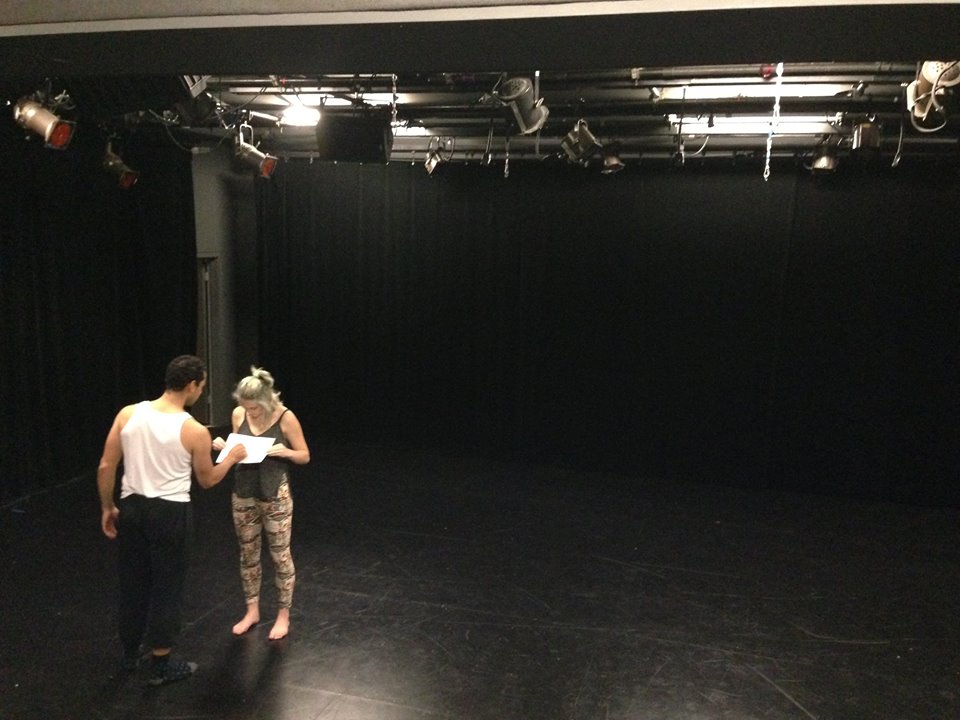Janusphere is back in Oregon after a successful studio performance of AMP at On the Boards in Seattle. We are sitting down with Artistic Director and choreographer Darion Smith to talk about the creative process and how preparation and performance contribute uniquely to the development of new works for contemporary dance.
How does the creative process differ during the preparation process (workshopping, choreographing) and the performance process (dress rehearsals, performances)?
Depending on the project, they are all different, I usually try to stay flexible all the way through the development of the work, even throughout the performance run.
Flexibility is important, especially in the beginning phases when I am researching movement ideas to carry the inspiration behind the work. The central idea or theme needs to be present at this phase, otherwise the process of creating can turn into a runaway train, which might not be a bad thing because you might stumble across new ideas that don't manifest in a process confined to a time limit, but it is certainly a challenge.
If I see that an idea is not working I try to improve it. The big difference is what kind of changes you can make depending on whether you're just getting into the studio, somewhere in the middle of the creative process, or seeing the first stage rehearsal with lights, costumes, and the premiere is tomorrow.
I've made changes to work in the middle of the performance run before and it's nice to have that option. If I had to say where we spend the most energy it's definitely in the creation process, going forwards and backwards over choreography and ideas with the dancers. That can be physically and mentally exhausting but it is so much of what drives the creative process.
When the idea is unearthed, shaped, and ready to be polished for a performance the process does usually change quite a bit, for me. How is this going to be perceived becomes a big question. At this stage my aim is not to communicate something unintentional to the audience. I share the piece with people to find out if my idea is making the impact I am after and to evolve the piece further.
Does the performance itself provide insight into your choreography and how it - and the works themselves - change over time?
Being a form of conclusion out of an artistic endeavor, a performance definitely sheds light on how clear my idea has been shaped into a physical form. When I go back and look at something I did five years ago I can see that, yes, there are definitely patterns to my work and also an evolution that is unfolding.
After presenting AMP at On the Boards, do you know things about the work or have ideas about the work that you could not have or would not have had without the experience of performing it live?
Of course, after every performance there is some level of reflection, whether you receive feedback from an audience or not. It is also very different to rehearse something to the fullest (performance level) in the studio compared to performing it in front of a live audience.
At OTB's Open Studio performance a major element in presentation was the low-tech production aspect. So there are no light cues. Instead each artist comes into the theater and operates the sound system independently without the use of theatrical lighting. This helps keep us in touch with the piece and teaches us about how to continue to evolve it - and to create.

